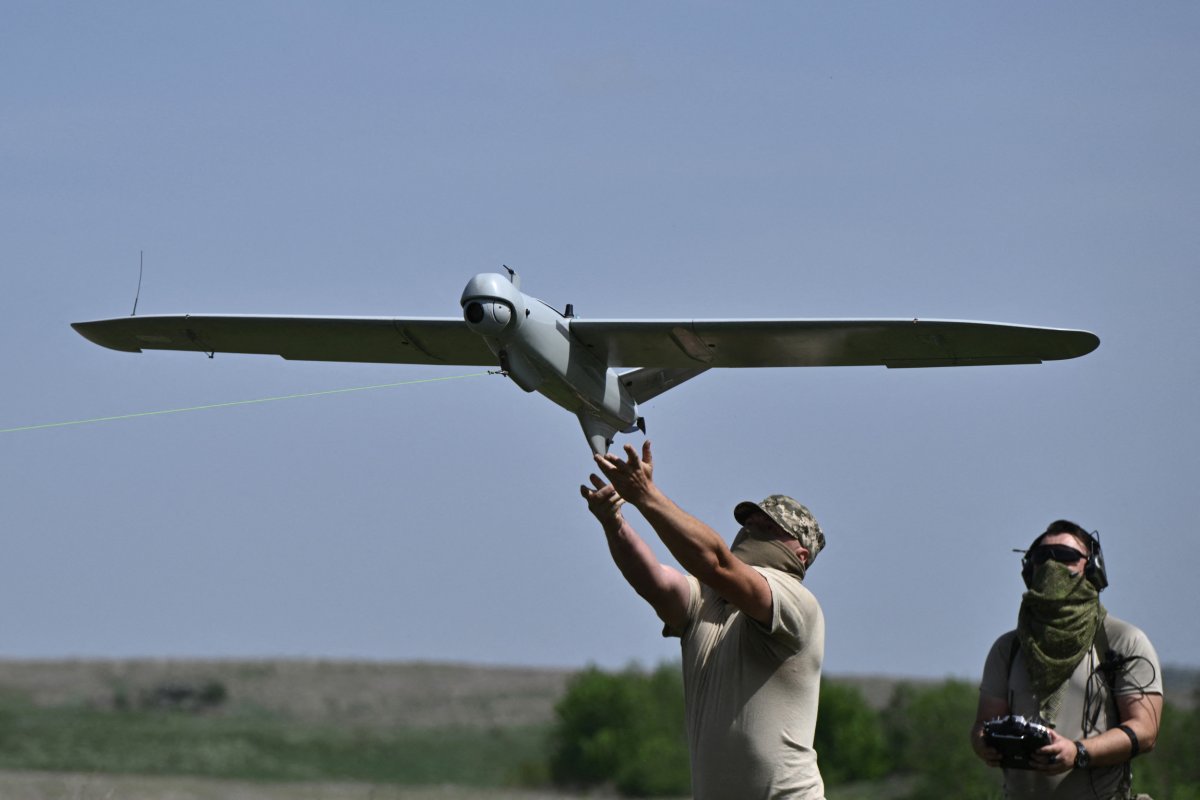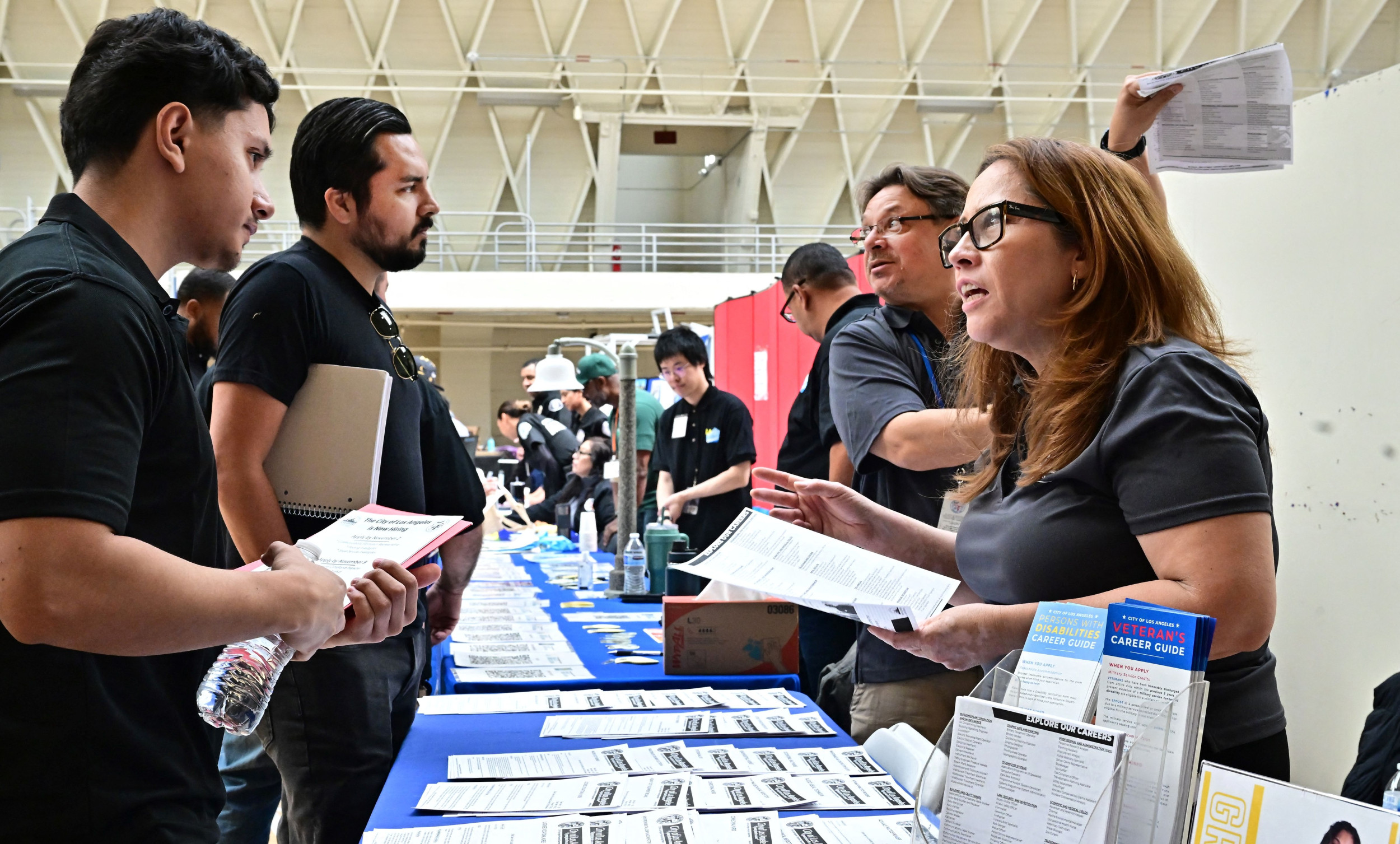More than 20 years after the 9/11 attacks, a new threat to the homeland looms ominously on the horizon: drones. As the curtain falls on the East Coast drone saga, alarm bells should be ringing in Washington, DC, not because criminals or other bad actors were to blame for any of the recent sightings, but because the same failures that contributed to the 9/11 terrorist attacks were apparent in the federal response over the last two months. The government should urgently enact change to counter this emerging threat.
In 2004, the 9/11 Commission's final report painted a picture of a well-intentioned, yet stove-piped and thinly coordinated, counterterrorism bureaucracy that, in the months and years before the 2001 attacks, lacked sufficient resources and imagination to foresee the scope and scale of the terrorists' intentions. Today, there is no sign that the government has a coordinated or coherent strategy to assess and respond to drone threats. Federal authorities also lack sufficient resources to detect and track drones, let alone identify who is operating them.
Terrorists will try to use drones to hurt us. Foreign adversaries will use them to spy on us. In fact, they already doing these things, so little imagination is needed to see these threats. A white supremacist was arrested in November for planning to attack an electrical substation in Tennessee using a bomb attached to a drone. A Chinese national was arrested in December for using a drone to take pictures of a U.S. military base in California. A hypothetical future terrorist attack could involve 100 one-way, low-cost drones hitting targets across the nation.

Admittedly, drones are hard to detect and track using traditional radar systems. Civilian air traffic control infrastructure is designed for crewed aircraft that have larger radar cross sections and operate at higher altitudes than drones. Military early warning infrastructure is optimized to watch for ballistic missiles and high-altitude bombers and, since 9/11, hijacked commercial airliners. None of these look like drones.
Though radar systems can sometimes detect small objects, they are often programmed to ignore them because they are most likely birds. Drones are also confused with birds because they behave like them, flying erratically, changing speeds quickly, and, occasionally, operating in large groups or swarms. The war in Ukraine has proven these difficulties, requiring the augmentations of traditional radar with other sensors and new technologies.
Making matters worse, there are too many agencies with different goals playing in the drone sandbox. The Federal Aviation Administration focuses on flight safety, ensuring over one million registered drones operate safely in the nation's airspace. The Department of Homeland Security has authority to counter drone threats, but only in specific situations. The U.S. military is mainly concerned with protecting military sites. No one has responsibility for a comprehensive strategy to protect the nation from hostile drones. There is also confusion over who can disable a threatening drone.
The U.S. government should assign someone the responsibility for developing a strategy and approach to defend the homeland from drone threats. That strategy should specify how the government, in coordination with state and local officials, will respond to incursions of unauthorized and unidentified drones near sensitive locations, like critical infrastructure. The government also should resolve ambiguity about which agencies, at the federal, state, and local levels, have authority to take a counter-drone action to protect American life and property. There should be no hesitation to take down a real threat.
Additionally, there is a need for investment in new systems that detect, identify, and track drones. The cost for such infrastructure nationwide, to provide 100 percent risk reduction, is probably too high. A priority should be placed on fixed systems to protect critical infrastructure and transportable gear that can protect large gatherings of people, like concerts and sports events. Algorithms that process traditional radar data should also be retooled so that legacy air traffic control infrastructure can better track drones.
The 9/11 Commission Report was a clarion call to reform how the government protected the nation from terrorism. Decades later, it can also be viewed as a prescient warning to drastically improve the U.S. government's ability to address and counter the percolating threat to the homeland from drones. The government's response to the East Coast sightings displayed our gaps and vulnerabilities in stark relief. Now is the time for action.
Major General Gent Welsh is the 37th Adjutant General for the state of Washington and also serves as the Governor's Homeland Security Advisor.
Clayton Swope is the deputy director of the Aerospace Security Project and a senior fellow in the Defense and Security Department at the Center for Strategic and International Studies, a think tank in Washington, D.C.
The views expressed in this article are the writers' own.




















 English (US) ·
English (US) ·